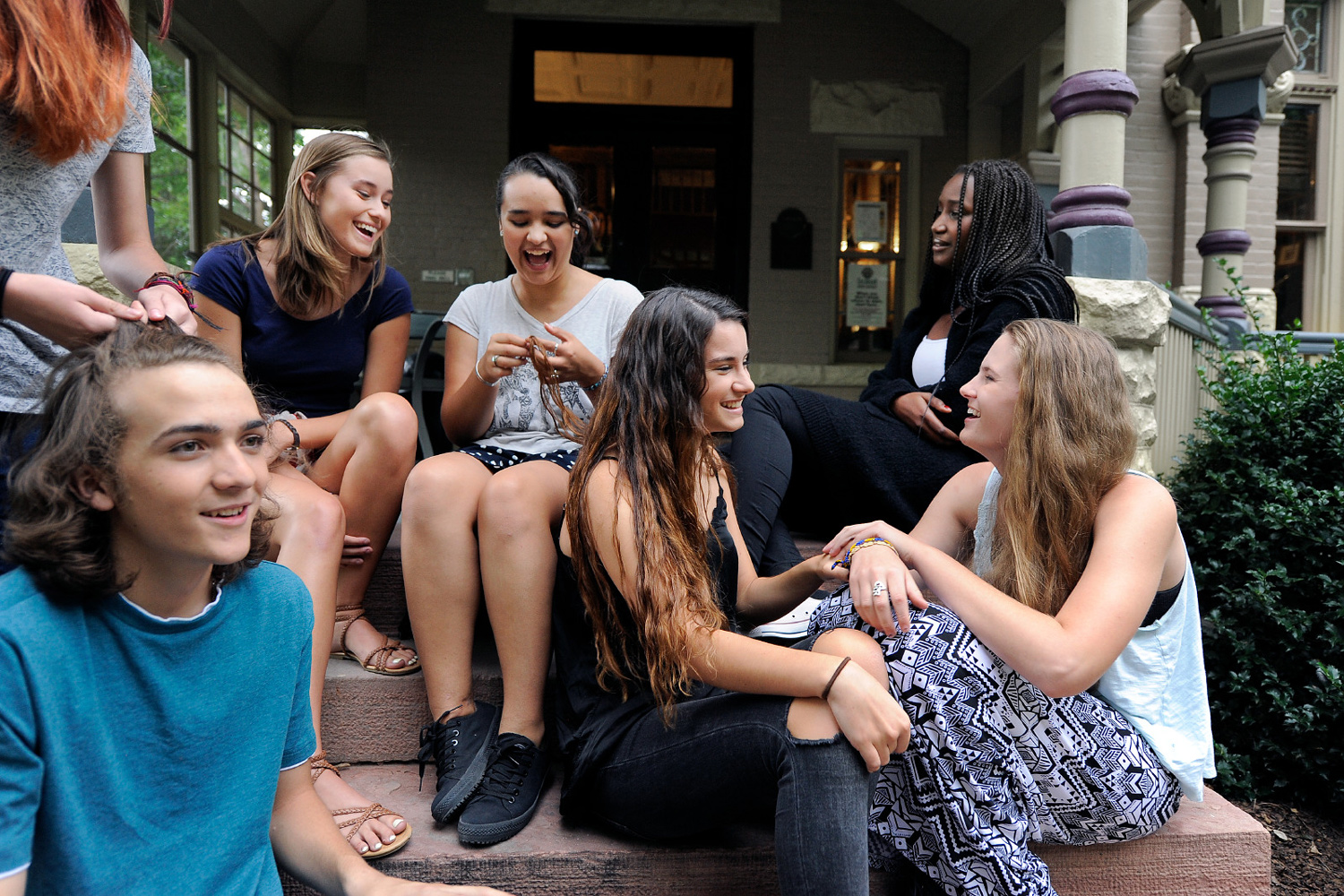An estimated 17 percent of American youth have engaged in non-suicidal self-injury, but despite its prevalence, self-injury is a behavior that is often misunderstood (i). March is “Self-Harm Awareness Month” and an ideal time to learn more about a serious issue that affects so many young people and their families.
Self-injury, also referred to as self-harm, is not a mental health disorder, but is recognized as a behavior that some people use to cope with intense, negative emotions. The behavior is commonly exhibited through cutting or scratching oneself, wound interference, self-hitting, burning oneself or other behaviors designed to cause self-injury and pain.
Although self-harm can be practiced by people of all ages, youth between the ages of 12 and 24 are most likely to engage in self-harm and 38 percent of people who self-harm report learning the behavior from peers (ii).
There are many reasons why people self-harm and young people often cite more than one reason for self-injuring. Common reasons include emotion regulation, or calming intense emotion, as well as trying to “feel something” other than feeling numb. A common misconception is that the behavior is attention-seeking or “manipulative,” but this is typically not a main reason for self-harm and often people go to great lengths to hide the behavior.
Another common misconception is that people who self-harm are suicidal. Self-harm is usually a coping mechanism to handle difficult experiences and emotions. Occasionally, self-harm can co-occur with suicidal thoughts and put someone at a higher risk for suicidal behavior. Regardless, it is important that anyone who self-harms is assessed by a professional. Early intervention can lead to new, healthy coping skills and a quicker reduction of self-harming behavior.
Common warning signs that your child may be engaging in self-harm include:
- Unexplained burns, cuts or scratches with reasons that don’t match up.
- Persistent wounds or injuries that don’t seem to heal.
- Wearing inappropriate clothing for the weather, such as long sleeve shirts during hot days.
- Refusal to engage in activities such as swimming or changing for gym class.
- Hidden razor blades and matches, bloodstains or bloodied tissues in trash.
- Isolating behavior or changes in behavior, sleeping more, secretive, etc.
If you suspect your child or someone you care about is engaging in self-harm, it is important to take time to calm yourself and determine how you want to approach your loved one, particularly as people who self-harm typically feel a tremendous amount of shame. Assume a calm, non-judgmental and loving demeanor. Ask open-ended questions. Offer to work together to find support. Try to avoid intense responses, including wanting to “fix it” immediately or expressing disgust. Also, avoid any kind of punishment that could cause more shame, such as taking the bathroom door off the hinges or conducting “body checks” to search for evidence of self-harm.
The WellPower’s Emerson St. for Teens and Young Adults offers “pop-in hours,” where youth ages 14 – 26 and their parents can drop in without an appointment for an assessment. It’s an ideal way to help get teens into treatment in a non-threatening environment. If the situation is more urgent or you suspect suicidal behavior, Colorado Crisis Services offers 24-hour help, seven days a week, via its drop-in clinic and phone line, 1-844-493-TALK (8255). To learn more about non-suicidal self-injury, another helpful resource is from Cornell University, where you can find information and resources for youth, friends and parents.
(i) Klonsky, E.D., Victor, S.E. & Saffer, B.Y. (2014). Nonsuicidal self-injury: What we know, and what we need to know. Can J Psychiatry. 59(11): 565–568
(ii) Muehlenkamp, J. J., Claes, L., Havertape, L., & Plener, P. L. (2012). International prevalence of adolescent non-suicidal self-injury and deliberate self-harm. Child and Adolescent Psychiatry and Mental Health, 6(10), 1-9
Lindsey Harcus Meyer is an assistant program manager/licensed clinical psychologist at the WellPower’s Emerson St. for Teens and Young Adults.


